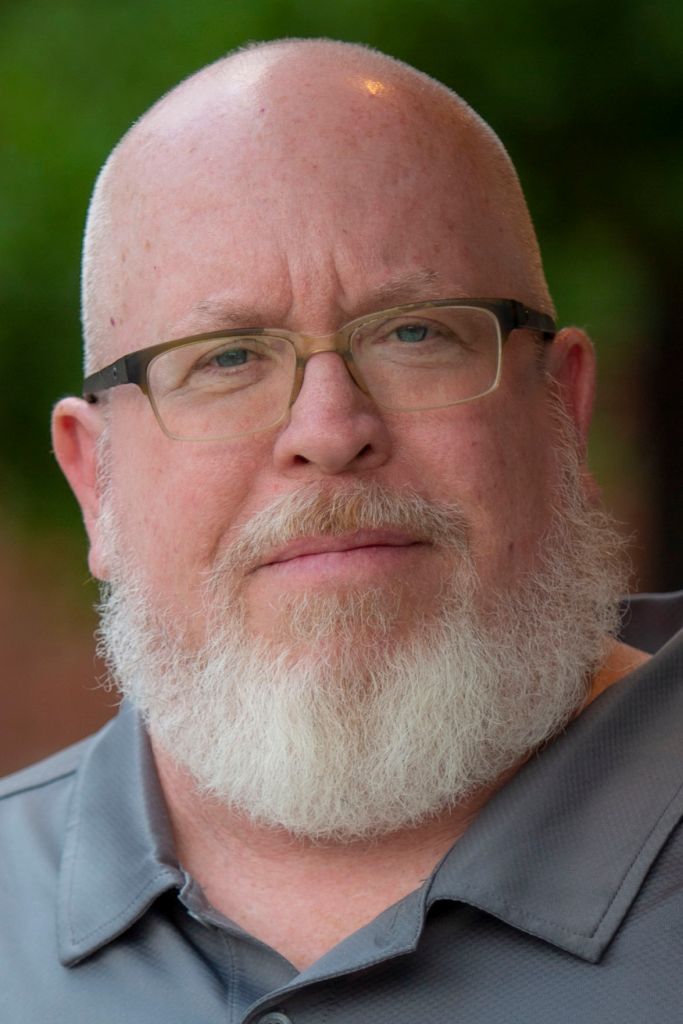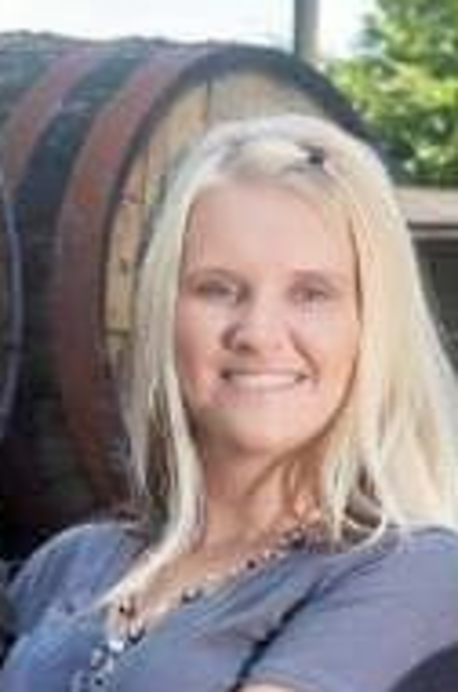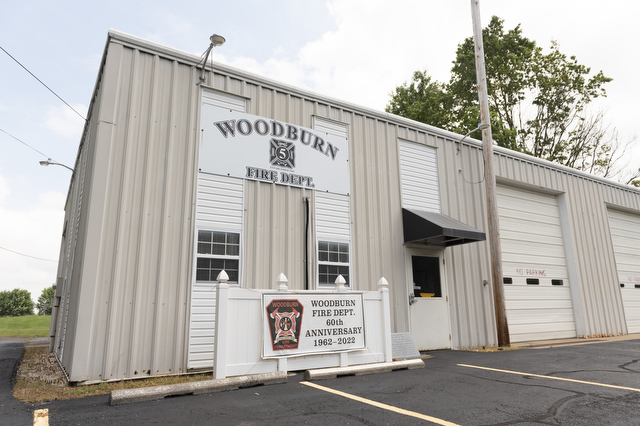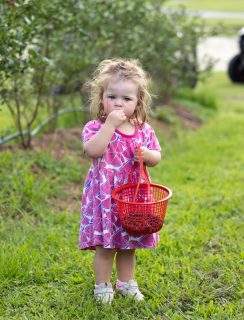Shooting my last harvest
Published 1:00 am Saturday, January 6, 2024

- Joe Imel
With 2023 behind us and the new year ahead, I decided to take a look back in the Daily News archives to see what I was doing in early January of 1993. I found a front page photo of Warren County burley growers Bobby Greenhouse and Willard Cole talking about the future of burley at J.E. Bohannon Co. tobacco warehouse on College Street.
I looked up from my computer and saw the latest issue of Kentucky Living magazine on my desk. On the cover and inside were photos I took of Randy London, a Barren County burley farmer who has been growing tobacco since 1967, hanging his last crop.
I’ve witnessed and documented a lot of change over the past 40 years photographing the people, places and traditions of Kentucky. One of the things that I most enjoyed and miss greatly is tobacco farming. There is nothing more pure Kentucky than the sight and smell of burley curing in the barn.
I am drawn to it from both a visual and historical perspective. A product of the New Deal, the federal tobacco price support program carefully controlled the amount of burley tobacco farmers produced and guaranteed minimum market prices. This meant that even the smallest farms could depend on income every year that would put food on the table, presents under the Christmas tree and children on the path to college.
Will Snell, an agricultural economist at the University of Kentucky, says the program was one of the most successful agricultural policy events in American history – “the ideal program for that small family farm,” writes Joel Sams, the Kentucky Living writer who penned the story with my photos.
Documenting the planting, growing, cutting, curing and sale of tobacco was one of the best assignments. The sprawling warehouses were a hive of activity – in the winter months with farmers, workers and family everywhere. The mood was always upbeat and the pictures easy to make.
Salt of the earth folks with weathered faces and calloused hands made for story-telling images of the back-breaking work that went into getting the burley to market.
Spending several days with Randy London, his son Matt and his head worker, Emerencio “Shorty” Morales De Leon, was pure joy. I spent a day on the Bale Farm near Hiseville as Shorty and a handful of others cut, spiked and let the tobacco field-wilt until it was ready to hang in the barn. The work was hard but the mood was light as Shorty and his crew stalk-cut the crop, using a knife shaped like a tomahawk.
The next week I met London, his family and workers at one of several barns they used to hang their last crop. He spoke with pride about local schools, churches and businesses built with tobacco money. He said that to him, it was more than more than a crop, tobacco has been a way of life.
“Our family has produced tobacco for centuries – not decades, but centuries – in this area and on these farms,” London reminisced.
A little research finds that Kentucky ranks first in burley, fire-cured and dark-cured tobacco production, and second in total tobacco production in the nation even after the state’s burley sector has lost over 70% of its market over the past couple of decades, while the number of farms growing burley in the commonwealth has dwindled by more than 90%.
Just like tobacco, the family farm is disappearing, but the few who survived have switched to alternate crops such as peppers, strawberries, tomatoes, among others. But, Randy London will tell you he was just trying to carry on the tradition of his grandfather and father, but he might be the end of the line.
“I think I’ve come to the point in my life where I might have grown my last crop,” London said as we stood in the barn as workers handed up stake after stake of leaves dozens of feet in the air.
Yes, use of tobacco products is not good for health; that’s long been established. But the memories and images of that golden era still are some of the best I have. Like London, I might have photographed my last tobacco assignment.
– Daily News General Manager Joe Imel can be reached at (270) 783-3273 or via email at joe.imel@bgdailynews.com.






